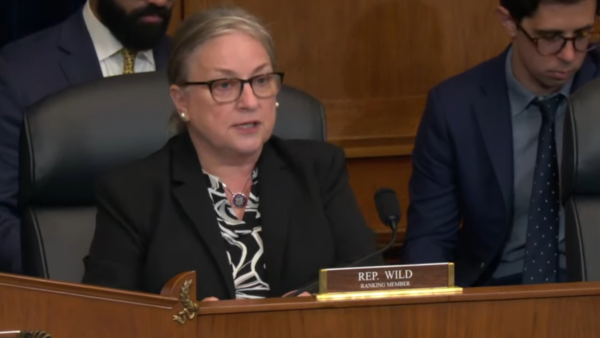Biologist Gabriela Schuck was in isolation at her home in Porto Alegre, in Brazil’s South, protecting herself from the coronavirus. While she worked on her master’s dissertation, the 25-year-old kept up with the news on television and social media about the spread of forest fires ravaging three of Brazil’s largest biomes: the Amazon, Cerrado, and Pantanal. The latter is in an increasingly critical situation: the world’s biggest wetland has seen around 20 percent of its area destroyed by blazes.
Though she lives over 2,000 kilometers from the Pantanal, Ms. Schuck began seeking out institutions and offering her help as a volunteer, when her university advisor told her of the possibility of being deployed to the Sesc Pantanal Natural Heritage Reserve (RPPN), a conservation unit located on the banks of the Cuiabá River, in the middle of the Pantanal.
RPPNs are private preservation areas dedicated exclusively to protecting fauna and flora and scientific research. The Sesc Pantanal Reserve, which became the biggest hotspot of biological studies in the wetlands, was one of the areas most damaged by fires.
Around 90 percent of its 108,000 hectares has been turned to ash and cinder. Gabriela Schuck had worked there in 2017 and 2018 as a field assistant alongside other researchers, so naturally heeded the call and embarked on a journey consisting of a three-hour plane journey, 200 kilometers by car, and 40 minutes...


 Search
Search











































